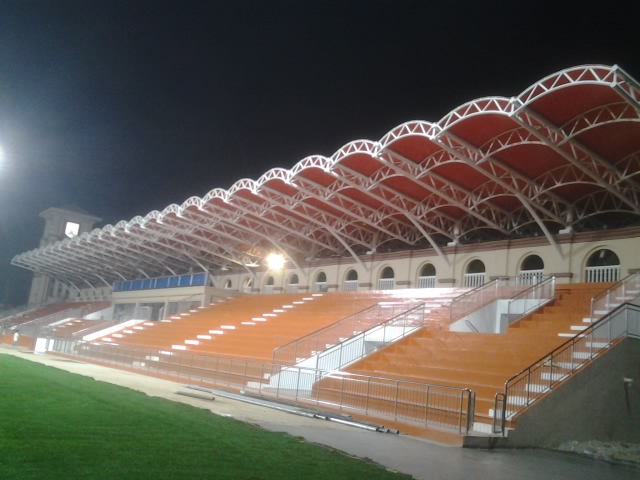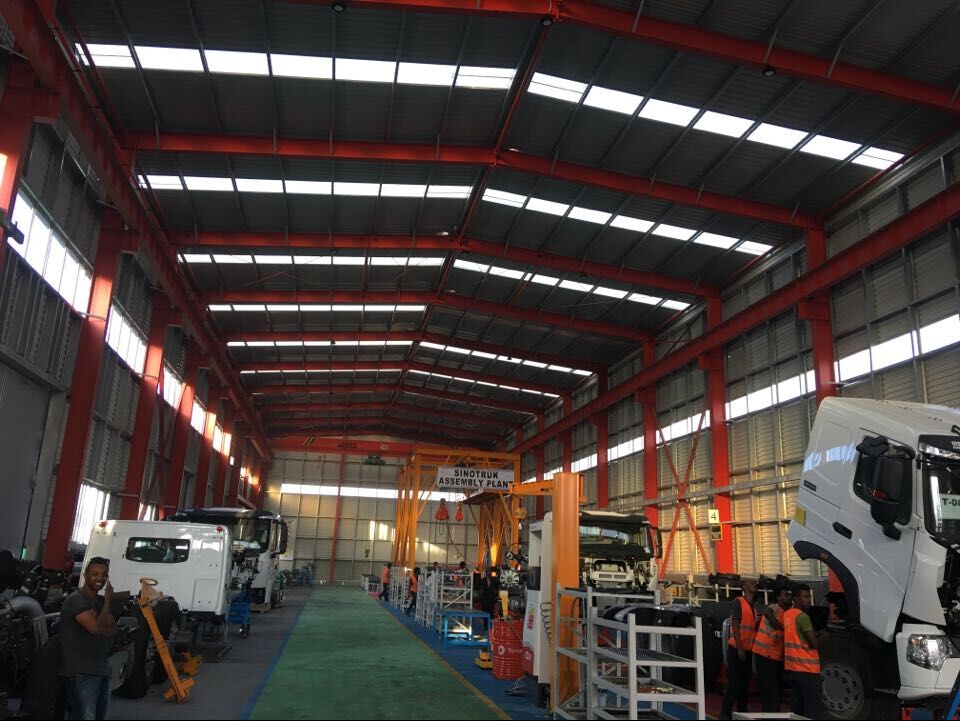Prefabricated Buildings: Their Market Advantages

Prefabricated buildings, also known as sustainable buildings, are produced in factories according to certain standards. Various components such as steel structures, doors and windows, light bulbs, and other "building components" are manufactured on factory production lines and then transported to the site for modular assembly. These semi-finished products are then sent to the construction site for installation, revolutionizing the construction industry with a history of nearly a century and transforming traditional construction methods.
What are the advantages of using prefabricated components?
1.Higher Efficiency and Space Utilization
Prefabricated building components fully leverage the combined advantages of steel and concrete in walls, reducing protruding columns and walls while enhancing strength. This results in an increase of 4% to 6% in both indoor and usable floor area. With fewer steel-framed walls and reduced weight, interior non-load-bearing walls can be freely altered to suit individual preferences and styles.

2.Enhanced Earthquake Resistance
The degree of damage during an earthquake is closely related to the building's structure. Traditional reinforced concrete buildings rated for a magnitude 7 earthquake are prone to collapse, while prefabricated concrete components can withstand earthquakes up to magnitude 9 and absorb more seismic energy.
Factory production, indoor outdoor work, computer-based construction simulation and site layout planning, with 85% to 95% of components processed in the factory, reduce the number of workers required at the construction site by about 60% compared to traditional methods. Disassembly is straightforward, some products can be reused, and materials can be recycled. Instead of scattered steel bars, concrete, and insulation boards, what will be transported to the site are prefabricated wall panels, staircases, and other "components"; workers and machinery will assemble these "components" into complete residences.

Prefabricated buildings can undergo interior decoration during the factory manufacturing stage. The construction site is free of fire, water, dust, and odors, requiring no welding or cement. With no this term is unclear in the context and may be a translation error; assuming it refers to traditional construction materials or processes that are not needed), construction waste accounts for only 1% of that produced by traditional construction. The materials used are primarily 100% green, recyclable, or biodegradable. When buildings are demolished, there is no waste pollution.



